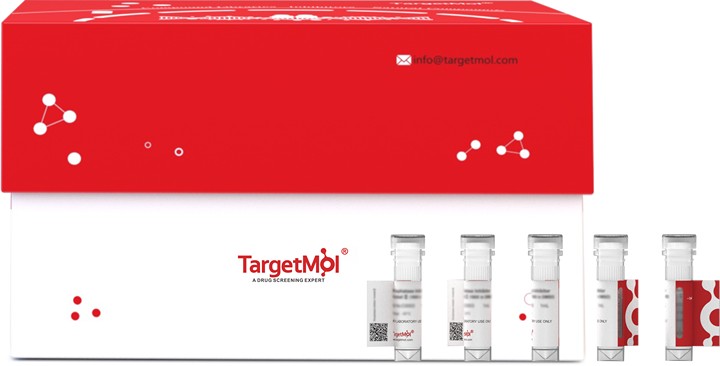购物车
- 全部删除
 您的购物车当前为空
您的购物车当前为空

CHIT1 Protein, Mouse, Recombinant (His) is expressed in HEK293 Cells. The accession number is Q9D7Q1.

| 规格 | 价格 | 库存 | 数量 |
|---|---|---|---|
| 100 μg | ¥ 3,430 | 期货 | |
| 1 mg | 待询 | 期货 |
| 生物活性 | Measured by its ability to cleave 4MethylumbelliferylβDN,N’,N” triacetylchitotriose (4MUTACT). The specific activity is > 400 pmoles/min/µg. |
| 产品描述 | CHIT1 Protein, Mouse, Recombinant (His) is expressed in HEK293 Cells. The accession number is Q9D7Q1. |
| 种属 | Mouse |
| 表达系统 | HEK293 Cells |
| 标签 | C-His |
| 蛋白编号 | Q9D7Q1 |
| 别名 | Chit1,2300002L19Rik |
| 蛋白构建 | A DNA sequence encoding the Mouse CHIT1 (Q9D7Q1) (Ala22-Ser464) was expressed with a polyhistidine tag at the C-terminus. |
| 蛋白纯度 | ≥ 95% as determined by SDS-PAGE. ≥ 90% as determined by SEC-HPLC. |
| 分子量 | 50.3 kDa (predicted); 52.9 kDa (reducing contition) |
| 内毒素 | < 1.0 EU per μg protein as determined by the LAL method. |
| 缓冲液 | Supplied as sterile 12.5 mM Tris, 75 mM NaCl, 50% Glycerol, pH 7.5. Please contact us for any concerns or special requirements. Please refer to the specific buffer information in the hardcopy of datasheet or the lot-specific COA. |
| 存储 | It is recommended to store recombinant proteins at -20°C to -80°C for future use. Lyophilized powders can be stably stored for over 12 months, while liquid products can be stored for 6-12 months at -80°C. For reconstituted protein solutions, the solution can be stored at -20°C to -80°C for at least 3 months. Please avoid multiple freeze-thaw cycles and store products in aliquots. |
| 运输方式 | In general, Lyophilized powders are shipping with blue ice. Solutions are shipping with dry ice. |
| 研究背景 | Chitotriosidase, also known as Chitinase-1 and CHIT1, is a member of the glycosyl hydrolase 18 family and Chitinase class II subfamily. It is a member of the mammalian chitinase family, structurally homologous to chitinases from other species, is synthesized and secreted by specifically activated macrophages. Chitotriosidase is a polymer of N-acetylglucosamine. Serum and plasma chitotriosidase activity is usually measured as the first step in diagnosis of Gaucher disease. Monitoring chitotriosidase activity is widely used during treatment of this pathology by enzyme replacement therapy. Its elevated plasma level reflects gradual intralysosomal accumulation in Gaucher cells (lipid-loaded macrophages). Macrophages overloaded by the enzyme accumulated in lysosomal material (lipids) were shown to secrete chitotriosidase; its increased expression was noted in several lysosomal storage diseases and atherosclerosis. In addition to lipid storage disorders, where Chit activity has longer been used as a marker of disease activity and therapeutic response, elevation of plasma Chit may occur in hematological disorders with storage of erythrocyte membrane breakdown products as thalassemia and different systemic infectious diseases sustained by fungi and other pathogens. Recently, increased Chit activity was demonstrated in CNS from patients with different neurological disorders. Chitotriosidase is believed to play a role in mechanisms of immunity and protection against chitin-containing pathogens. |